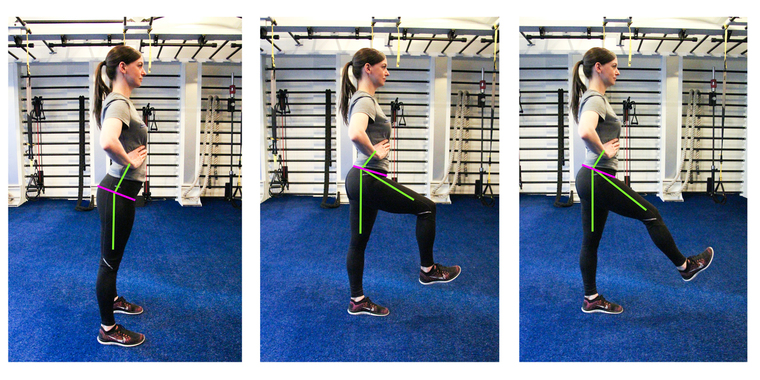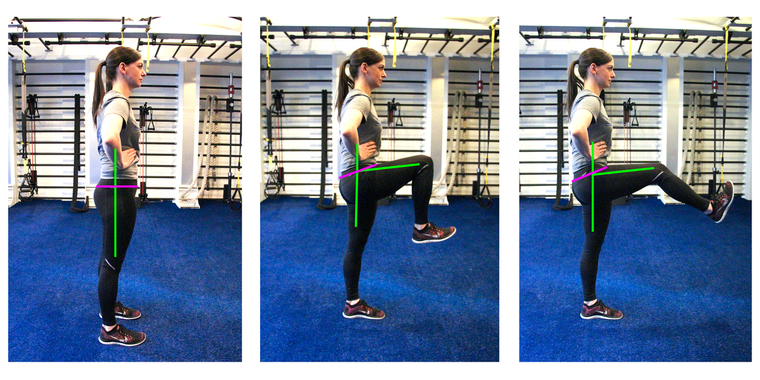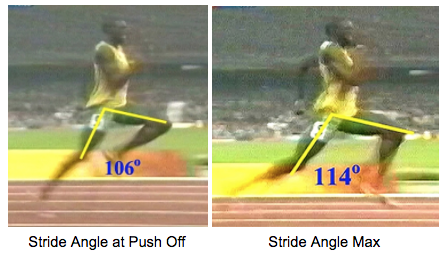Save The Hammies
February 26, 2018
By: Alison McGinnis, PT, DPT, FAFS
Finish Line Physical Therapy
Having witnessed the D10 over the last few years, the number one injury we see over and over again are hamstring strains. With multiple running events spread throughout the day and maximal strength required for events in between it's no wonder that the hamstrings take a beating!
Finish Line Physical Therapy
Having witnessed the D10 over the last few years, the number one injury we see over and over again are hamstring strains. With multiple running events spread throughout the day and maximal strength required for events in between it's no wonder that the hamstrings take a beating!
Let’s go through a bit of anatomy first to better understand the function of the hamstring. The hamstring is made up of three different muscles that attach on the bottom of the pelvis (ischial tuberosity) and run down below the knee to attach medially on the tibia and laterally on the tibia and head of the fibula. This lets the hamstring flex the knee and extend the hip and also supplies frontal (side-to- side) and transverse (rotational) plane stability at the knee when on one leg while running.
Most of you are probably thinking that you have “tight” hamstrings. We'd like to dispel that myth right now. Most of your hamstrings are not tight at all, but instead are over-lengthened!

Figure 1. Anterior pelvic tilt with maximum hip flexion
The hamstrings attach to the back of the pelvis and your quads and hip flexors attach to the front of the pelvis. When the front muscles get tight and stiff, usually from sitting, they pull the pelvis forward into an anterior pelvic tilt (Figure 1). When this happens, the hamstrings gets lengthened, and the available motion left to allow the hip to flex and the knee to extend is decreased. When the quads and hip flexors can be released and lengthened, then the pelvis can return to neutral (Figure 2) and the hamstring is no longer being stretched at rest. This then allows the hip to flex and the knee to extend further without reaching the end range of the hamstrings’ length. This new muscle length is gained without doing any stretching to the hamstring itself.

Figure 2. Neutral pelvis that moves into a posterior pelvic tilt with maximal hip flexion.
When sprinting, the range of motion required of the hamstring is significantly greater than when walking or running at easier speeds. This range is called the stride angle, defined as the distance between your front leg and back leg, and is usually measured at either push off or mid flight phase of running when it is at its maximum. Below is a picture of Usain Bolt running the 200m, where his maximum stride angle is 114 degrees. This means his muscles allow his legs to separate at least this far apart at full power without causing injury.

For those of us who are not professional athletes and instead spend our day sitting in front of a computer, our hip flexors get tight and our hamstrings get weak and we lose a significant portion of our available stride angle. At slow speeds this does not become a problem since the available mobility is enough, but when we go to sprint and the demand increases, the available range of motion is no longer enough. This means that every step you take you are maxing out your available mobility, and asking the muscles to contract as hard as possible from their longest position. Muscles function optimally in the midrange of their length, when the hamstring is lengthened to its longest point and then asked to contract quickly to control the pelvis when the foot hits the ground while running, this is when hamstring tears most often occur. The best way to prevent this from happening is by increasing your hip flexor length and strengthening your hamstrings.
To loosen up your quads and hip flexors, focus on dynamic stretching of your quad in all three planes of motion and using a foam roller on the front of your thighs and glutes to increase blood flow and extensibility in the muscles. DO NOT STRETCH YOUR HAMSTRINGS! Stretching the hamstrings only further weakens the muscles and decreases its ability to be loaded when running, and increases the likelihood of injury. Instead, focus on strengthening the hamstrings with squats and single leg squats, multiplanar lunges, step ups/downs on a box, and single leg deadlifts.
Once you are able to get your pelvis neutral and your hamstrings are stronger, the likelihood of injury has significantly decreased! Remember to properly warm up before every workout and prior to competition to ensure you’re ready for the D10!
Our favorite 3-dimensional warm up, the Common Lunge Matrix Stretch -